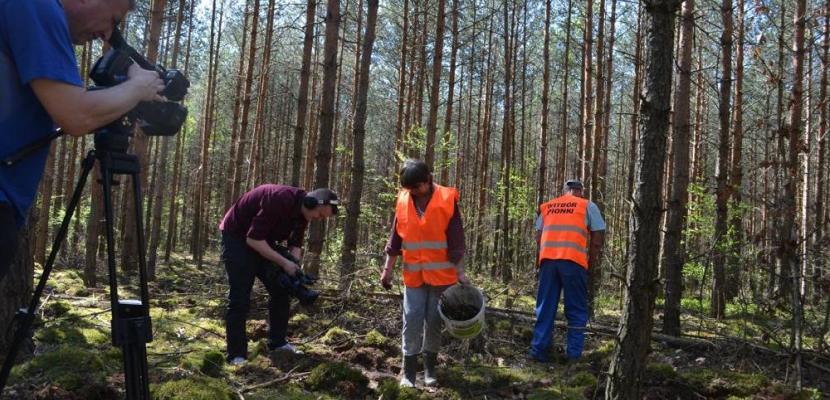
Forest Carbon Farms

About this good practice
Forest carbon Farms is being implemented on total area 12 000 hectares in State Forests
in Poland. The project implementation on regional level in Regional Directorate of State Forests in Radom is about 300 hectares. Chosen sites are based on habitat characteristics and tree stand structure. Each site designated for the project was thoroughly surveyed to determine initial biomass level. The specific goals of the project are: additional CO2 absorption, reducing CO2 emission from the soil, contributing to forest protection, improving biodiversity, prevention of excessive water evaporation. The main activity used in the project is beech (Fagus) underplanting in existing forests. Thanks to beech underplanting we achieved an increase in biomass which results in an increase in absorption of CO2. When planting we avoid to damage to soil that means preventing additional CO2 emission. We also avoid cuts that expose soil surface radically. Research has shown that in our region beech guarantees a rapid increase in forest biomass . Each site of Forest Carbon Farms is under special protection against forest fires, natural disasters, damages from insects and negative human activities.
Expert opinion
Resources needed
Total costs is about 6 M EUR, divided into scientific supervision and forest management costs (planting&realising activities). It is financed by State Forests. Human resources in project include coordinator in Regional Directorate and contractors in Forest District.
Evidence of success
During 30 years of project areas located in Regional Directorate of State Forests in Radom will absorb additionally over 100 000 tons CO2. The additional CO2 reduction will be made available in the form of Carbon Dioxide Units (CDU) which means amount of the organic carbon corresponding to 1 tonne of CO2. CDU are purchased voluntarily and provide added value. Thanks to this new income State Forests can: protect rare and endangered forests species and improve forest tourist infrastructure.
Potential for learning or transfer
Activities that are being tested in Carbon Forest Farms introduced on a larger scale, may become really important as one of the effective methods of combating the excessive greenhouse effect. Underplanting has resulted in improving the structure of tree stand, better use of habitat properties and increase of biodiversity. Chosen beech species support at the same time other species such as fir and oak. Continuous cover forests enhance ground water levels in areas, where droughts are a clear threat. This project combines scientific approach and modern methods of forest management. The use of this method is particularly recommended in forest areas transformed by human activity as an alternative to costly ways to combat global warming.

